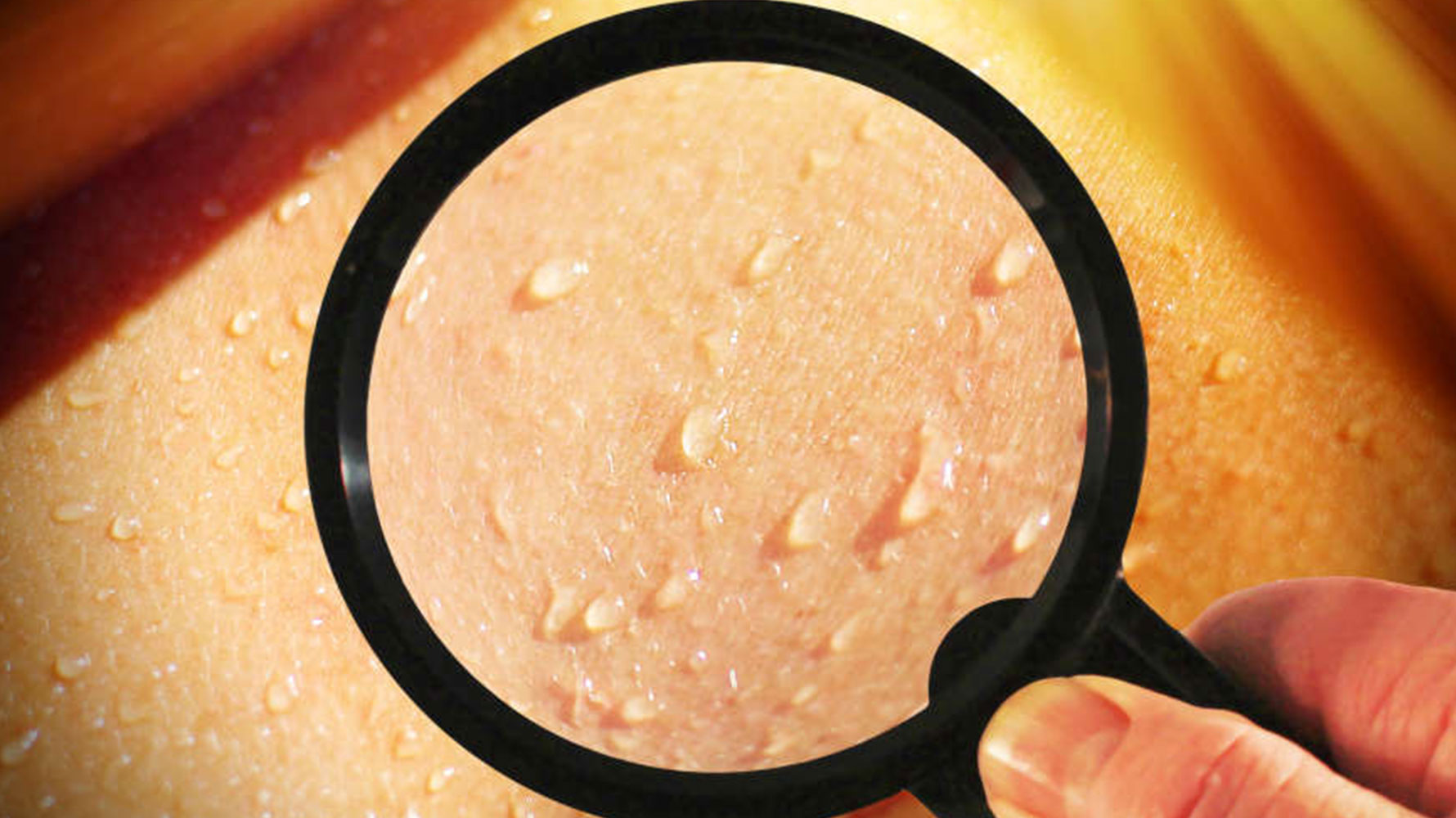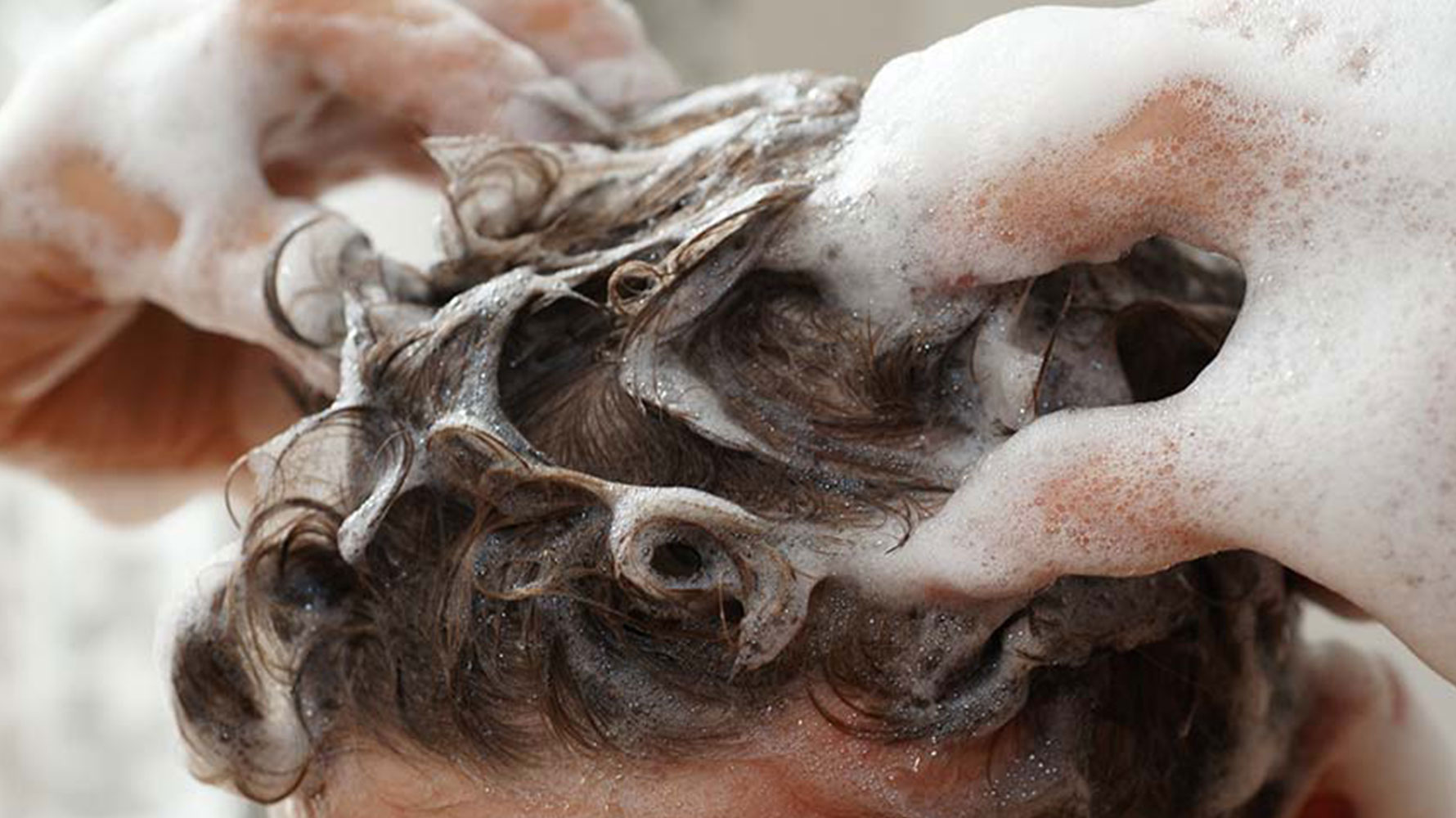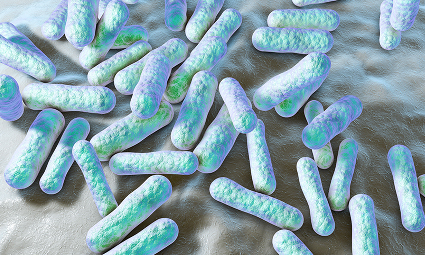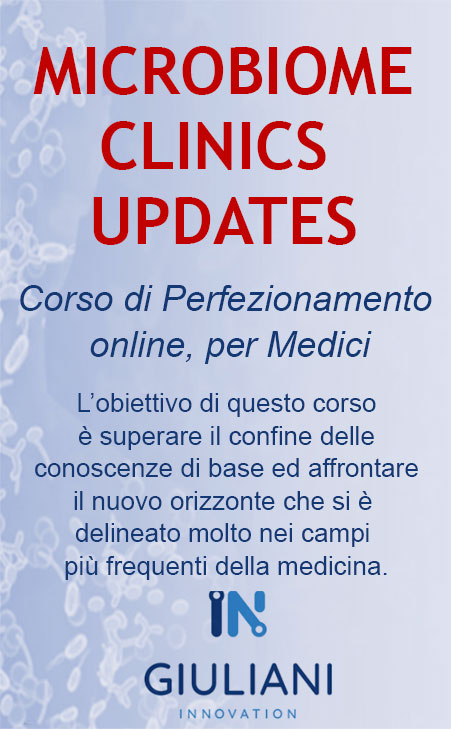Home oral hygiene
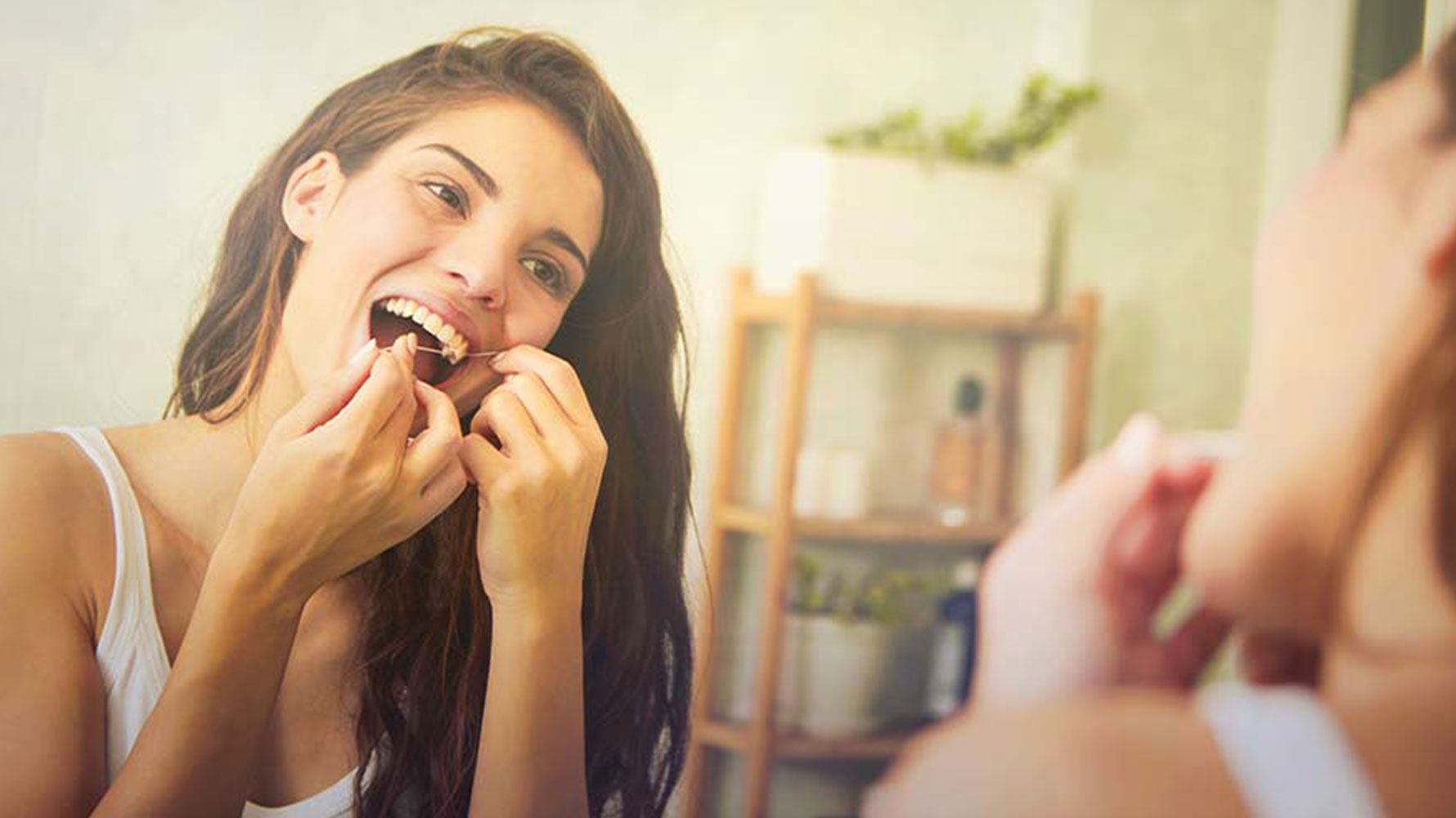
The onset and progression of infectious diseases that affecting the oral cavity, like caries and periodontal diseases, are due to alteration of oral microbiome balance. It is therefore essential to maintain a careful check of bacterial plaques and carry out periodic controls to dentist to prevent or block any early pathological processes.
There are many tools that can be used and each of these has specific indications according to particular clinical condition; the dental hygienist is able to advise at best the patient according to specific needs and risk.
Depending on the patient susceptibility degree towards these diseases (the dentist analyzes different parameters to assess this level of risk), specific oral hygiene protocols and professional maintenance programs are established.
The golden rules for a right home oral hygiene are:
- Brush your teeth 2-3 times a day, taking care to wait at least 30 minutes after meals
- Properly use measures for interproximal oral hygiene, such as dental floss and brushes of the appropriate size
- Use xylitol or stevia (without sugar) chewing gum, in order to stimulate saliva production
- Limit the number and the frequency of snacks, especially by reducing fermentable carbohydrates, soft drinks or acid drinks.
- Use products (toothpastes and dental gels) with an adequate concentration of fluoride, to protect and re-mineralize.
| advices | low risk | medium risk | moderate risk |
| How much to brush | 2 times die for 2 minutes | 3 times die for 4 minutes | It is necessary 3 times a day for 4 minutes |
| When to brush | Always 30’ after meals (however always after dinner) | Always 45’ after meals (however always after dinner) | Always 1h after meals (however always after dinner) |
| When to use dental floss or recommended interdental hygiene tools | it is enough 1 time a day before the evening brushing | At least 1 time a day before the evening brushing | It is necessary 2 times a day before the evening and midday brushing |
| How brush | With recommended technique and tools based on your needs (see studio carloghezzi youtube channel). Always first interdental hygiene and then brushing. Remember that you should not rinse but leave fluoride on your teeth to act in the best way |
||
| Advices for patients with brushing injuries and dental sensitivity | Brushes with a recommended techniques and brush, use toothpaste and mouthwash with 5% potassium nitrate until the end of the symptoms. We recommend cycles of at least 15 days alternated with fluoridated toothpaste specific for your needs | ||
| Diet change | No relevant changes | Modify diet by reducing fundamental carbohydrates (sugars) Reducing fizzy and sugary drinks Reduce the frequency of food/drink intake Encourage buffer food intake such as dairy products or sugar-free chewing gum with xylitol Rinse the mouth with water for at least 30 "after taking sugary / acidic food / drink |
|
| Toothpaste and mouthwash | About 1450 ppm of fluorine | About 1450 ppm of fluorine + 500 ppm di mouthwash | |
| Topical professional applications (promoting remineralization) | Unnecessary | 2 times / year of Fluoro gel (together with the booster session) | 4 times / year of Fluoro gel (together with the booster session) |
| Groove seals | Unnecessary | Recommended | Required |
| Hygiene calls frequency | 6 months | 4 months | 3 months |
| RX frequency to check caries | Every 2 years | Every 1 year | Every 6 months/ 1 year |
